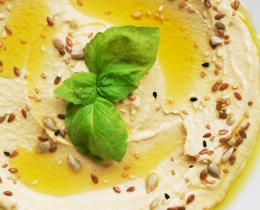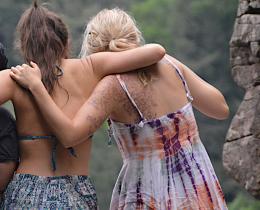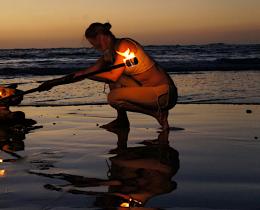It’s 8:55 a.m. and the subway from Brooklyn into Manhattan is paused on the bridge. I’m late for yoga class, a not so unfamiliar feeling, but this morning I don’t want to be late.
I’m attending class with a teacher I’ve “known” for years, thanks to his instructional yoga videos.
Rodney Yee gained national prominence in the 1990s as the star for Gaiam/Living Arts yoga videos. He began his own yoga practice in 1980 and by 1987 he cofounded the Piedmont Yoga Studio in Oakland, California. He now heads Yoga Shanti in Sag Harbor and New York City with his wife, Colleen Saidman, and teaches classes and workshops throughout the world. He is also the codirector of Heath and Wellness Initiatives for the Urban Zen Foundation, Donna Karen’s organization that promotes complementary health-care practices in traditional health-care settings.
His classes are known to blend both his laid-back demeanor and his Iyengar-rooted attention to body alignment and posturing.
I make it to class just in time—literally getting the last mat in a room of more than 100 people. The studio is spacious and grand despite having barely an inch between my neighbors’ spots. The students are a mix of old and young, men and women, and various levels of yoga practice.
For years, I’ve taken his class in my own home and loved his simple, yet profound approach to the practice.
We start class in a standing posture with our legs bent, arms straight, and hands on our knees. Yee walks around the class quite casually, while offering many verbal adjustments.
He’s attentive to all of the students in the room and even a little funny in moments.
From the get-go each of his recommendations are spot on, and I feel grateful for his teaching. I’m immediately feeling rooted in my body rather than floating off to my to-do list or plans for later. So many yoga classes today consist of well-intentioned teachers offering a great choreography of poses, but Yee is truly teaching us.
In his book Moving Toward Balance, he writes, “Yoga is an ancient discipline in which physical postures, breath practices, meditation, and philosophical study are tools for achieving liberation. In my interpretation, achieving liberation in yoga means learning how to be present with everything that arises, whether it is pain or pleasure, sadness or joy, failure or success.”
I’m feeling present, as he offers another adjustment, “Allow the breath in.” I like this invitation that rather than taking big, bold breaths, I can accept the breath exactly as it is. I can notice its quality as part of the practice. It’s not a hard adjustment to try, but it’s also not easy.
As we move through class, he brings more attention to our necks. In fact, each time we move to downward dog he reminds us that our head should be the last part of our body to arrive in the position. I realize that I almost always move to this position with my head first.
This minor adjustment also makes a huge difference in my stamina for downward dogs throughout class. In fact, by the end of class my neck, which usually feels a bit worn and sore, has much more freedom and range of motion.
As I leave class and go back into the chaotic tones of the city, Yee’s calming presence stays with me. I smile as I “allow the breath in” even as cabs are honking and people are pushing passed me on the street. Ultimately, the practice of yoga is not for our mats, it’s for our real life.



